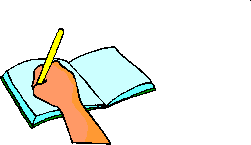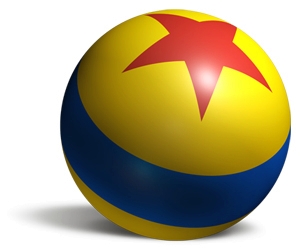- "Thematic units are nest designed by the following six steps: limit the scope, identify what is important, create the enduring understanding, plan the conclusion, plan the introduction, develop the body."
- I think this is a great way to plan a unit rather than always going straight through the textbook or through the order in which the events occurred. I think as a student it would make remember the information through connections much easier.
- "The best strategy with output is to establish the goals and objectives for the unit and communicate those goals to students so they know what they are expected to learn. Once students know what they need to be able to do, you can provide a range of options for ho they demonstrate that learning."
- With common core, it is emphasized all the time that the standard and objectives be stated for the students at the beginning and all through out the lesson. However this is a good reminder why we are supposed to do that.
- "Critical thinking is a key element of teaching social studies."
- Without enabling my students to think critically about the content within social studies they will not remember it. I know for me, all through school I tried to just memorize it, and I always forget it right after the test. I think if I had been challenged to think more critically about it and think about why it is important then I would have taken it to long term memory and remembered it longer.
Courtney's Statements
- "The way you engage your students includes helping them see the effects of events on different people."
- To teach different perspectives of things I will need to teach in many different ways so that students are able to realize there are different ways to learn and see the world.
- "Move back and forth from the local to the global, helping students make connections between their daily lives and the lives of people affected by events around the world."
- It is difficult but important that as a teacher I help my students see the connections between local and global events. This just helps the events become more real to the students. If the subject becomes relevant to the student then they are more apt to remember it.
- ". . . do not allow a textbook to constrain the lessons, activities, information sources, and assessments planned."
- It is great to use the textbook as a resource but it shouldn't be the only source for information in the classroom. When students are given access to multiple sources of information they are more likely to learn the information needed. It also helps the student learn how to interpret different modes of information.
Tori's Statements
- "It may be that the social studies you were taught included many perspectives. If it is not, do not despair; you can teach differently and provide insight into a range of experiences."
- I think this is an important thing to remember, even in any subject area. It is actually more than likely that we, as teachers, will be expected to teach things differently as we were taught. It is important that we adapt to the new, and mix that with what we find works best. We have to have minds that are okay with change.
- "Some people may think that it is not possible to teach with a focus on critical thinking; local, national, and global communities; sweeping themes; and a sense of responsibility to the community because the standards rely too heavily on testing factual information."
- Like the authors, I completely disagree with this way of looking at teaching, as well. While it of the utmost importance that our students are learning the standards and are comprehending factual knowledge, I feel it is also important that we are molding good citizens that are educated to continue to make communities thrive.
- "Meaningful social studies teaching refers to teaching for learning and critical thinking that incorporates diverse perspectives and students."
- I like this definition because it really put the core of social studies into perspective. Social studies should be incorporating critical thinking and new information, not just a bunch of geography facts and historic dates. Social studies is teaching students the past and how we can learn from that.
“To encourage students in social
studies, you should design lessons that are interactive. For example, plan
lessons that incorporate multiple intelligences”
It is extremely important to have
another aspect to planning a lesson then just a lecture and a worksheet. Students
need to be able to interact and manipulate the content as much as possible. This
will harbor interest in them.
“Educating students about the way
history can be interrupted differently by different people is important, and if
you are not providing students with access to primary sources and teaching them
how to evaluate secondary sources, you are not preparing them to think
critically”
The statement really brings to mind the phrase, history is written by the victors. It is important to see history for what it is and that is a big story told from many perspectives. I believe that Germany probably teaches World War 1 a little differently then we do.This statement really stuck out because it applies to all of the subjects. Even farther it extends to life as well. Teachers need to encourage students to be deep thinkers. After all if they can be deep thinkers then they can learn just about anything that they want to learn.
Alex's Statements:
“Engaging students in social studies is complex.”
This stood out to me because I remember always having a hard
time connecting with social studies. To me it just seemed like a lot of things
to remember. Not very often did we do interactive activities to learn about
social studies. If students got to do more hands on assignments with social
studies, it would be much more interesting.
“Plan lessons that incorporate multiple intelligences.”
The book mentioned this statement in regards to making the
lessons more interactive. By
incorporating multiple intelligences you are engaging a range of students and
including diverse activities. The students will be required to think on
different levels and they will be challenged. This will tremendously help them
be involved.
“Output and assessment strategies to support all students
include providing choice.”
It was interesting to learn how to assess students in
regards to social studies. This book encouraged multiple-choice, essays, oral presentations,
etc. The student needed to be able to
choose what they wanted to do or how they wanted to answer a question.
Presentations and essays leave more room for creativity as well and more room
for interaction.

















